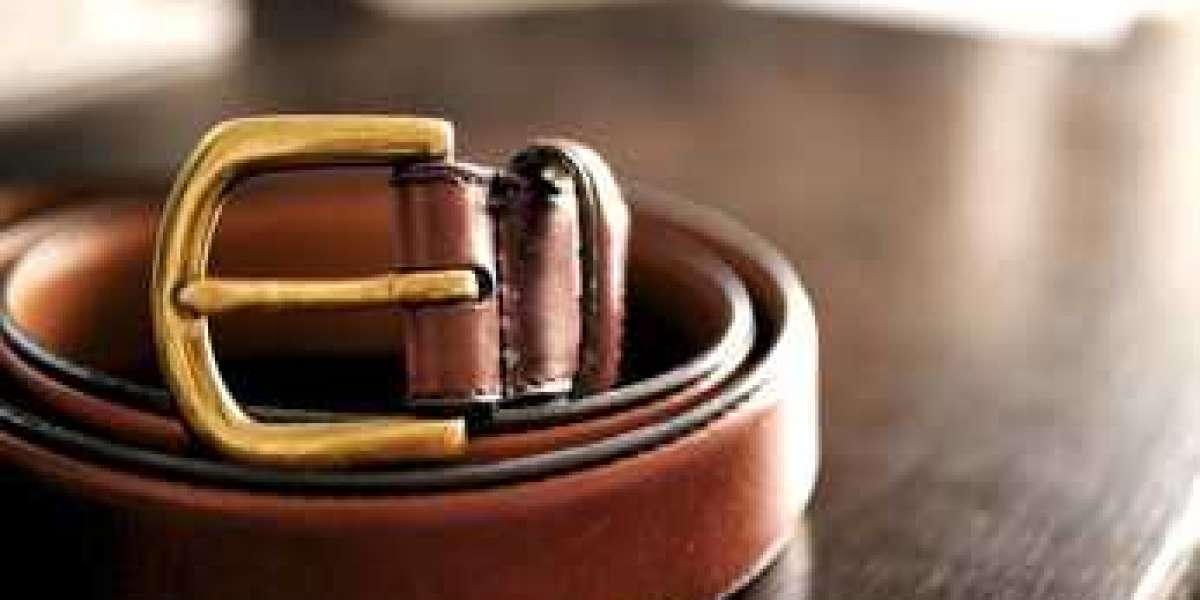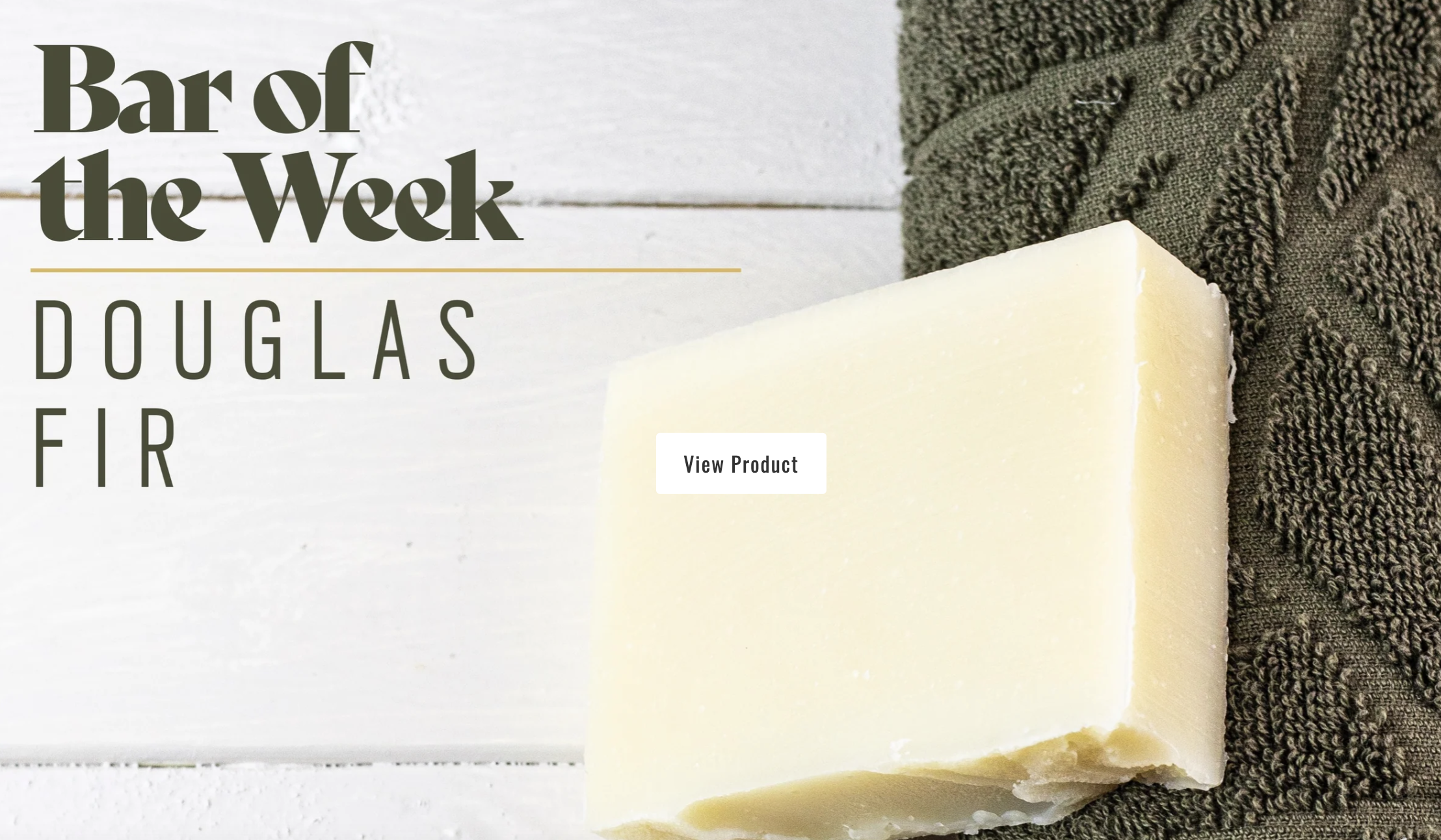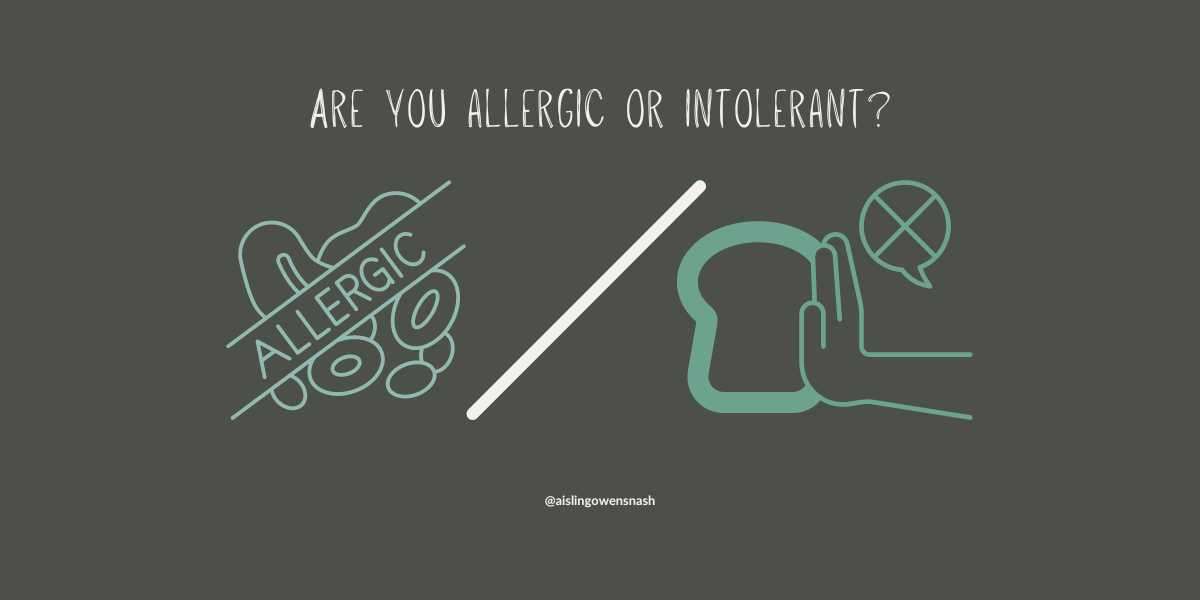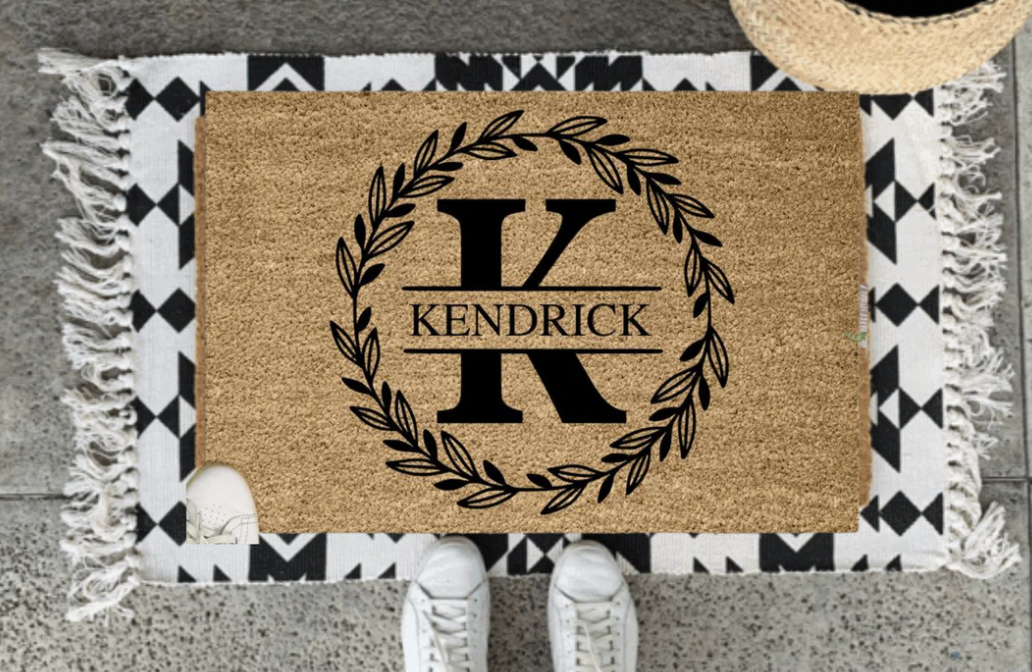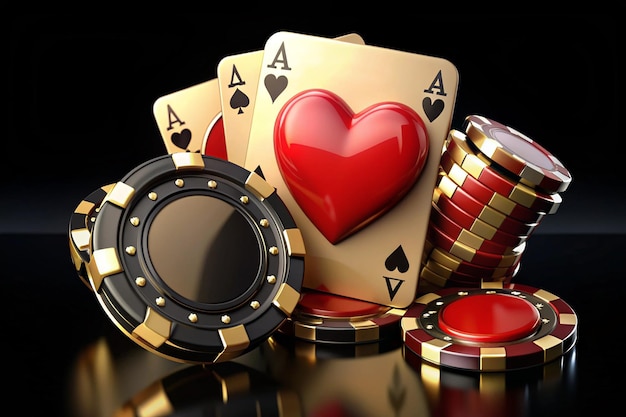Leather belts are more than just functional accessories; they are timeless fashion statements that have been part of human attire for centuries. From their practical uses to their aesthetic appeal, leather belts hold a unique place in the world of fashion. This article explores the enduring charm of leather belts, delving into their history, types, benefits, and how to choose the perfect one for any occasion.
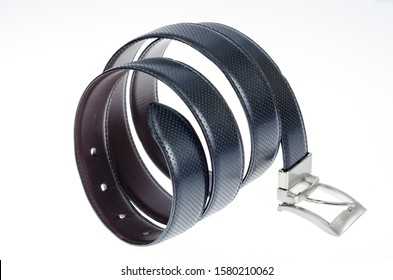
A Brief History of Leather Belts
The use of leather belts can be traced back to ancient civilizations. In ancient Egypt, belts were used not only for practical purposes but also as symbols of status. Similarly, the Greeks and Romans used belts to secure their garments and carry tools or weapons. During the medieval period, belts became more ornate, often adorned with intricate designs and precious metals, reflecting the wearer's social standing.
In the modern era, leather belts have evolved to become both functional and fashionable. They are essential accessories for both men and women, adding a touch of sophistication to any outfit.
Types of Leather Belts
Leather belts come in various styles and designs, each serving different purposes and catering to different tastes. Here are some common types of leather belts:
1. Dress Belts
Dress belts are typically narrow and made from high-quality leather. They are designed to be worn with formal attire, such as suits or dress pants. These belts often feature sleek buckles and come in classic colors like black, brown, and tan.
2. Casual Belts
Casual belts are more versatile and can be worn with a variety of outfits, including jeans, chinos, and casual trousers. They are usually wider than dress belts and may come in different textures, finishes, and colors.
3. Western Belts
Western belts, also known as cowboy belts, are characterized by their bold designs and large, ornate buckles. They are often made from durable leather and may feature decorative elements such as tooling, embossing, and inlays.
4. Braided Belts
Braided leather belts are made by weaving multiple strands of leather together. They offer a unique texture and a bit of stretch, making them a comfortable choice for casual wear.
5. Reversible Belts
Reversible belts are a practical choice for those who want versatility. These belts have a rotating buckle that allows the wearer to switch between two different colors or textures, essentially offering two belts in one.
Benefits of Leather Belts
Leather belts offer several advantages over belts made from other materials. Here are some key benefits:
Durability
Leather is known for its strength and longevity. A well-made leather belt can last for years, even decades, with proper care. This durability makes leather belts a cost-effective investment.
Timeless Style
Leather belts have a classic appeal that never goes out of fashion. They can seamlessly transition from casual to formal settings, making them a versatile accessory in any wardrobe.
Comfort
Leather belts are comfortable to wear, as they conform to the body over time. Unlike synthetic materials, leather breathes, which helps prevent discomfort and irritation.
Eco-Friendly
High-quality leather belts are often more environmentally friendly than their synthetic counterparts. Leather is a natural material, and when sourced responsibly, it has a lower environmental impact.
Choosing the Perfect Leather Belt
Selecting the right leather belt involves considering several factors, including size, style, color, and buckle type. Here are some tips to help you make the best choice:
Size
The size of a belt is crucial for both comfort and appearance. A belt that is too long or too short can look awkward and feel uncomfortable. To find the right size, measure your waist or the waistband of the pants you intend to wear with the belt. The belt should fit comfortably in the middle hole when fastened.
Style
Consider the occasion and the outfit you will be wearing the belt with. For formal occasions, a sleek dress belt in black or brown is ideal. For casual wear, you can experiment with different textures, colors, and designs.
Color
The color of the belt should complement your outfit and shoes. A general rule of thumb is to match the belt with your shoes for a cohesive look. Black and brown are versatile choices that can be paired with a wide range of outfits.
Buckle Type
The buckle is an important element of the belt's design. For formal wear, opt for a simple, polished buckle. Casual belts can feature more elaborate buckles, including those with unique shapes and designs.
Quality
Invest in a high-quality leather belt from a reputable brand or manufacturer. Look for full-grain or top-grain leather, as these are the highest quality and most durable types of leather. Check the stitching and overall craftsmanship to ensure the belt will stand the test of time.
Caring for Your Leather Belt
To maintain the beauty and longevity of your leather belt, proper care is essential. Here are some tips to keep your leather belt in excellent condition:
Regular Cleaning
Wipe your belt with a soft, damp cloth to remove dirt and dust. Avoid using harsh chemicals or soaking the leather, as this can cause damage.
Conditioning
Leather can dry out and crack over time, especially in dry climates. Use a leather conditioner to keep the belt supple and moisturized. Apply the conditioner with a soft cloth and let it absorb into the leather before wiping off any excess.
Proper Storage
Store your leather belt in a cool, dry place away from direct sunlight. Avoid folding or creasing the belt, as this can cause permanent damage. Instead, hang the belt or roll it loosely.
Avoid Water Exposure
Leather is not water-resistant, so it's best to avoid exposing your belt to water. If it does get wet, allow it to air dry naturally. Do not use heat sources like a hairdryer, as this can cause the leather to become brittle.
The Future of Leather Belts
As fashion trends evolve, leather belts continue to adapt while maintaining their timeless appeal. Innovations in design, materials, and sustainability are shaping the future of leather belts.
Sustainable Practices
With growing awareness of environmental issues, many manufacturers are adopting sustainable practices in leather production. This includes using vegetable-tanned leather, which is more eco-friendly than traditional tanning methods. Additionally, some brands are exploring alternatives such as recycled leather and leather made from agricultural by-products.
Innovative Designs
Designers are constantly pushing the boundaries of traditional leather belts, introducing new textures, colors, and buckle styles. From minimalist designs to bold, statement pieces, there is a leather belt to suit every taste and occasion.
Technology Integration
The integration of technology into fashion is also impacting leather belts. Some modern belts feature smart buckles with built-in technology, such as automatic adjustments for a perfect fit, and even tracking devices for added security.
Leather belts are a quintessential accessory that combines functionality with timeless style. Whether you're dressing up for a formal event or adding a touch of sophistication to a casual outfit, a leather belt is a versatile and enduring choice. By understanding the different types, benefits, and care tips, you can make an informed decision and enjoy the lasting appeal of a high-quality leather belt. As fashion continues to evolve, leather belts remain a steadfast symbol of elegance and practicality, adapting to modern trends while preserving their classic charm.
